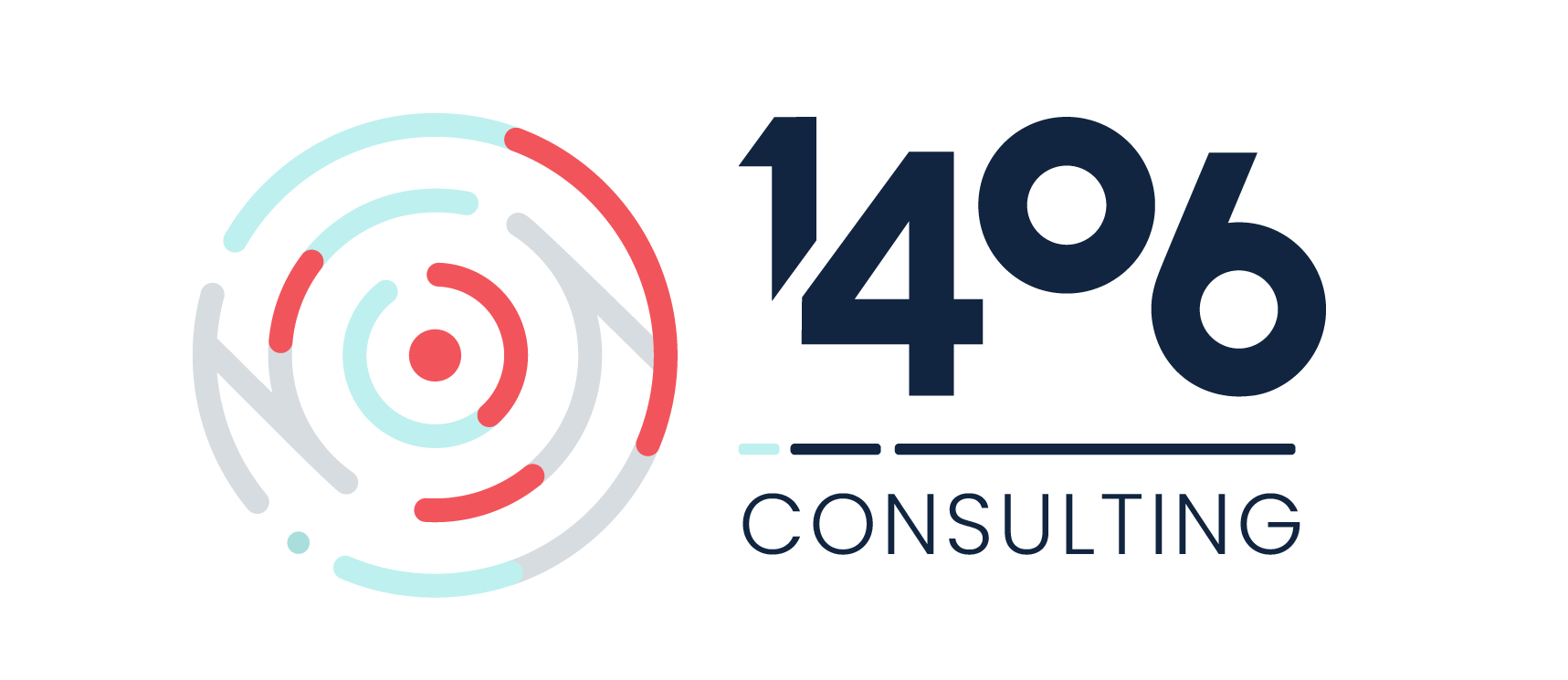9 Tips To Writing The Perfect Email
Communication in the workplace, whether with clients, vendors or employees, is crucial to the productivity and growth of your small business. In a recent blog about reducing phone time in the office, we discussed different ways to manage both incoming and outgoing phone calls. But when you need to send an email, there’s a right way and a wrong way to get your message across. Before you hit send on your next email, review this detailed email guide to make sure your email is as effective as possible
1. It Starts With The Subject Line
Your subject line will help prepare your reader for your message, and will also help them organize your message with all of the other emails they receive that day. Here are the most common Dos and Don’ts of email subject lines:
- DO make it personal- using the recipient's name when you can
- DON’T leave the subject line blank. Ever.
- DO research powerful keywords and use them in your subject line
- DON’T use all caps or suggest a sense of urgency if there isn’t one
- DO use numbers or ask questions
- DON’T use emojis.
Keep the subject line short and to the point, and do what you can to inform the reader about the content of the email before they even open it. Your subject line will also help the reader find your email at a later date and can help keep your correspondence organized.
2. Formal Vs. Informal
The email you shoot to a coworker about lunch options is much different than the email you send to a client about their account. Decide before you write who your audience is and what the tone of your email will be. Remember to use professional language and proper greetings when writing a more formal email. Keep in mind which fonts you use, keep the message organized and identify yourself at the beginning of the message.
3. Hellos And Goodbyes
Proper introductions and conclusions are important in creating a professional email. Addressing the recipient by name is always a good place to start. Depending on the situation, you can start the email with “Dear,” “Good Morning” or even “Hello…” If appropriate, state your name and position in the first few sentences of the email. At the end of the email, include a professional conclusion such as “Sincerely” or “Respectfully” with your full name and contact information. A clear start and finish to the email set the tone for an effective and productive email.
4. Less Is More
People love email because it’s quick. It is easy to skim and find the information that you need. Unless the sender used your email to write their life story. State your purpose, keep your message organized, and don’t feel like you have to use a lot of words to get your message across.
Instead of “I know you’re busy but I’d really appreciate it if you could look over this email when you have a second and get back to me whenever you have time or at your earliest conveniences but there’s really no rush so just let me know what you think” you could say “Can you look over this when you can?” The message is the same, and it takes much less time to get to the point. The more you write, the more they have to read and the longer it’ll take for them to understand what you need them to do. Keeping emails short is an easy way to reduce wasting time in the office, both yours and the readers.
5. Mind Your Manners
Remember that sometimes sarcasm and humor can get lost in translation when done via email. It’s best to avoid rude or sarcastic comments in a formal setting in an attempt to prevent an embarrassing misunderstanding. Remember to use please and thank you in emails and re-read before you send it to make sure your message has the tone that you intend. Writing in ALL CAPS implies that you’re yelling and is never appropriate in a professional email.
6. Don’t Assume Privacy
We’ve all had that heart-stopping moment when we’ve sent an email to someone on accident, or said something we wish we hadn’t. Email is never completely confidential, and remember that an email can quickly be shared by anyone. Don’t say anything in an email that you need to be kept 100% confidential. Accidents happen, and if vital company data gets into the wrong hands, it could be bad. Be very aware of who you CC or BCC on an email and keep your recipient's messages and information confidential at all costs.
7. Know When To Use Email
Email is a great office communication tool, but it’s not appropriate for all situations. Emails are great when:
- You need to send a brief update to one person or a group
- You want to send links or attachments
- You want to catch up with someone or share good news casually
- You need to notify someone of a meeting or deadline
- You want to follow up on or summarize a conversation.
Email may not be the best choice in situations such as:
- Giving bad news
- Giving precise, detailed or confidential information
- When you need an immediate response
- The message is highly personal or emotional
8. Stay Organized
The beautiful thing about email is that it allows the reader a quick and easy way to digest information. The more organized your email is, the easier it is for the reader to understand. Use paragraphs and subject lines when possible to break up a lengthy email. Keep your ideas focused and together, don’t make your reader bounce around your email to get all of the information.
9. Proofread
Before you hit send, read and reread your message to make sure there aren't any spelling or grammatical errors. Not only can a typo distract from the message, but it can also reduce your credibility and make your email appear sloppy. Don’t rely on spell check to catch everything, and take the time to proofread before you send.
Email, when done correctly, is a wonderful way to quickly connect and communicate with clients, vendors, investors, and employees. Check and double-check your email before you send it to ensure your message is well received and your message is clear.
Check out some more ideas for content creation!

